Can SEPTA’s infrastructure counter transit anxiety?
Transit systems like SEPTA aren’t absent from urban planners’ guise of how public infrastructure impacts users physically and emotionally.
Listen 4:30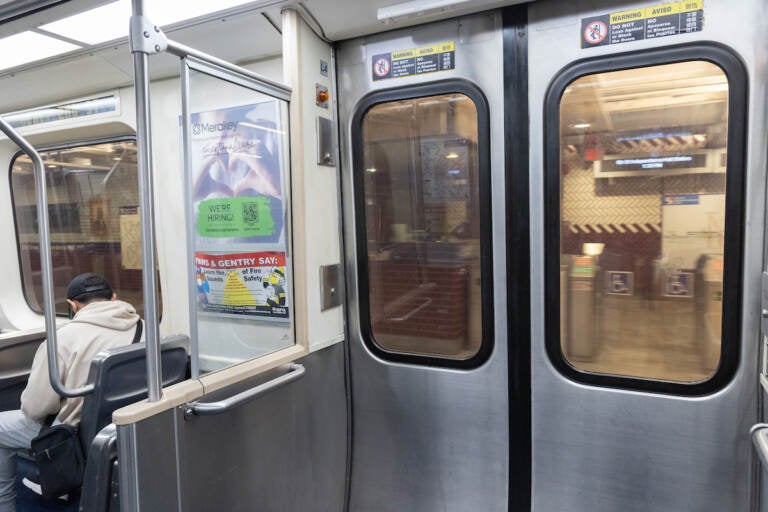
Inside one of SEPTA’s elevated trains. (Kimberly Paynter/WHYY)
From Philly and the Pa. suburbs to South Jersey and Delaware, what would you like WHYY News to cover? Let us know!
Like the width of a sidewalk or the connectedness of bike lanes, the way public infrastructure is constructed not only physically and socially impacts users, but mentally, too. For public transportation in Philadelphia, the system’s built environment is enough to keep some riders away.
According to a YouGov survey from last year, 39 percent of Americans think that buses, trolleys, and trains in major cities are too dangerous to ride. When a system like SEPTA has a month like March when 15 riders were shot in the space of four days, passengers already primed to be on alert can feel their anxiety spike. But it isn’t just weapons and overflowing trashcans; some riders are nervous before even entering public transit. Anxiety about the material environment of the system can be felt like a concertgoer who prefers an open-air daytime show over a packed underground concert hall at night.
Public spaces like SEPTA’s subway network can cause anxiety for many reasons, but much of that fear is a result of human hard-wiring. Because safety violations within the SEPTA system tend to get a lot of attention, Philadelphians are more likely to be emotionally reactionary in these environments and to make negative associations, according to Yvette Sheline of the University of Pennsylvania’s Department of Psychiatry. Innate alertness has some passengers associating stations, stops, and seats with the threat of violence.
“If you’re not being conditioned to think about things in a fearful way, then it is going to be much less prominent in your thinking,” Sheline said.
Although ridership has increased in the past two years, SEPTA is still working to reach pre-pandemic levels. As federal emergency aid began to run out this year, the authority found itself staring at a $200 million financial gap.
SEPTA again delayed an overhaul of its bus system, which they say could have brought riders back. Pennsylvania Governor Josh Shapiro rallied state legislators to close the hole. Still, it’s unclear whether SEPTA has the funds to keep running as-is or how deep the authority’s leaders would have to cut service without it. A spokesperson said because the agency has been historically underfunded and operates an aged subway system, infrastructure improvements for safety such as more accessible stations are a long-term challenge.
Sheline, who heads the Center for Neuromodulation in Depression and Stress at Penn, believes that if there were less fear in the public discourse around transit, people’s anxiety would decrease.
There is a big difference between feeling anxious in a public place and getting worked up about being in that setting in the future, Sheline said. When people are planning to use public transit, they can choose to remember past positive experiences and feel better about riding. Once they’re in the subway station or on a crowded bus, they feel more vulnerable, more anxious, and less able to think their situation through, Sheline said.
From gates and sidewalks to subterranean hallways, the physical environments that make up a transit system can affect how safe people feel using them. Sheline says even the cleanliness of SEPTA’s vehicles and stations can determine what riders think about them. Built elements that comprise SEPTA’s subway system are what cause some riders to be more susceptible to anxiety, specifically those who have fears of enclosed spaces — a feeling more common than most people realize and one that doesn’t surprise Sheline.
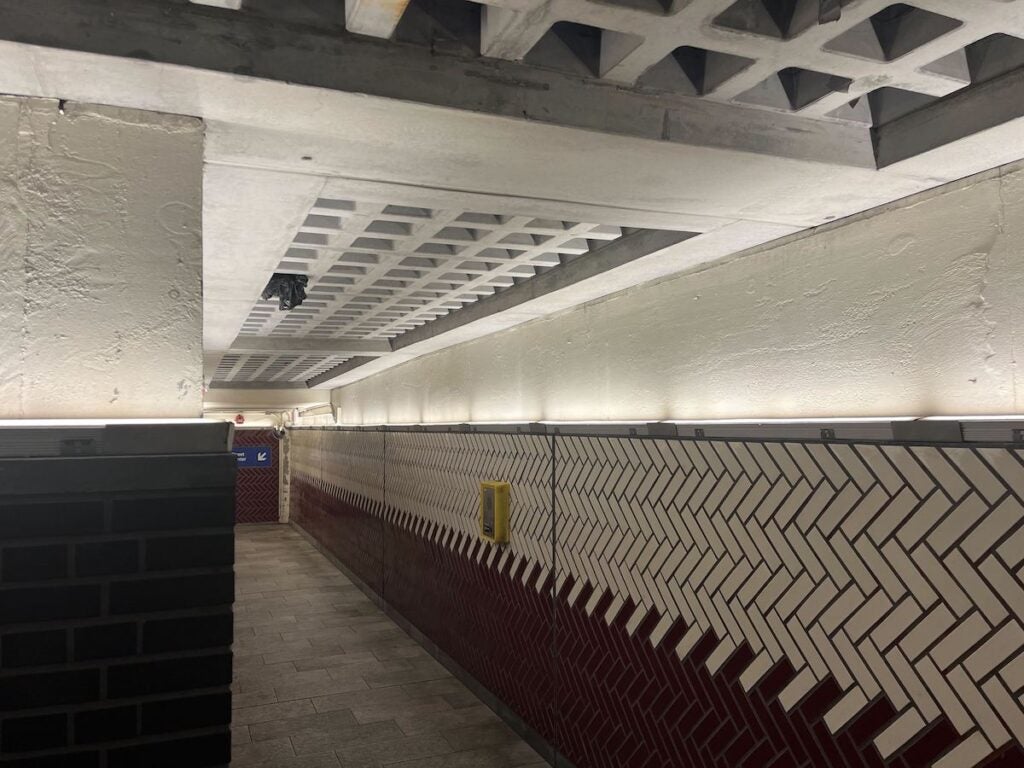
Anastasia Loukaitou-Sideris, the interim dean at U.C.L.A.’s Luskin School of Public Affairs, says there is a natural element of openness to a public transportation system’s inclusivity that serves as a sign of a democratic society. But that same openness, Loukaitou-Sideris said, is also what gives transit hubs their inherent risk.
“If we all start getting afraid of agoraphobia and not going to these public spaces, we will end up in a cocoon of private spaces,” Loukaitou-Sideris said.
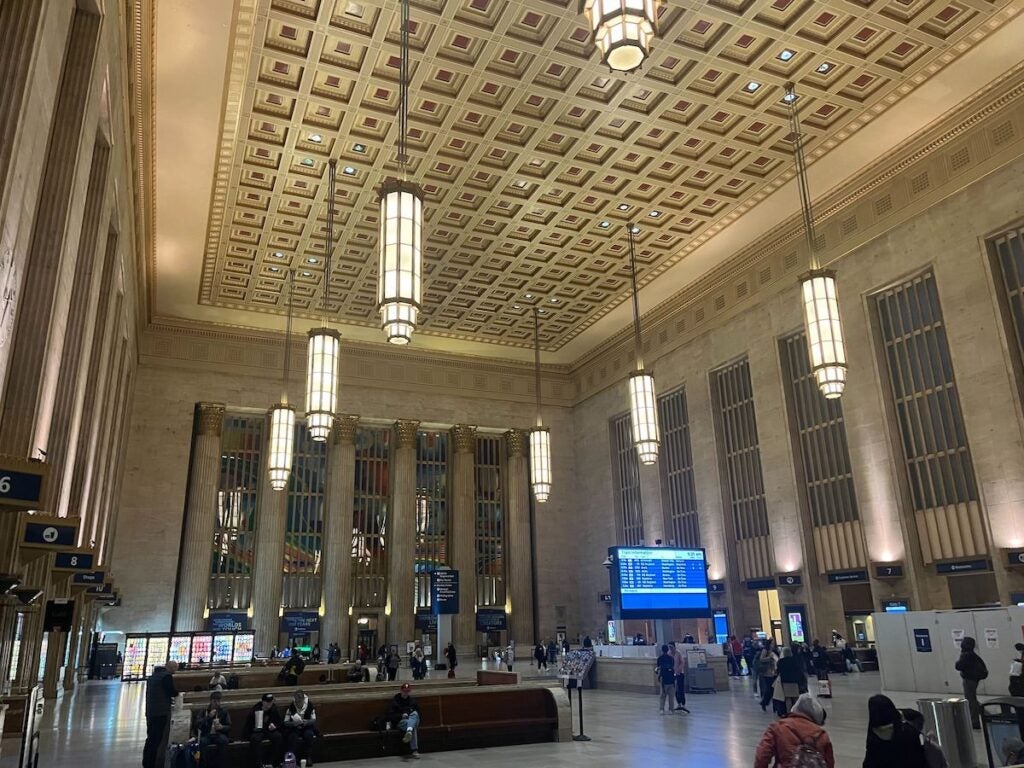
Professor Loukaitou-Sideris, who specializes in transit safety and studied SEPTA during the COVID-19 pandemic, is encouraged by Philadelphia’s Hub of Hope. The center serves as a space within the SEPTA system for unhoused individuals to receive essentials such as food and medical care.
Due to the open nature of public transit, for some, the system has become defined by the unwanted elements of cigarette butts and residue it encompasses.
Sheline, from Penn Psychiatry, sees an opportunity to lessen public transportation anxiety through better lighting and more comfortable waiting areas at SEPTA stations, some of which recently piloted new gates to prevent turnstile jumping. If these measures don’t come, she said riders can try to ease their anxiety by thinking about forthcoming events and spaces with positive associations. A SEPTA spokesperson said the renovations at the 30th Street station are a good example of how the agency thinks about better lighting stations.
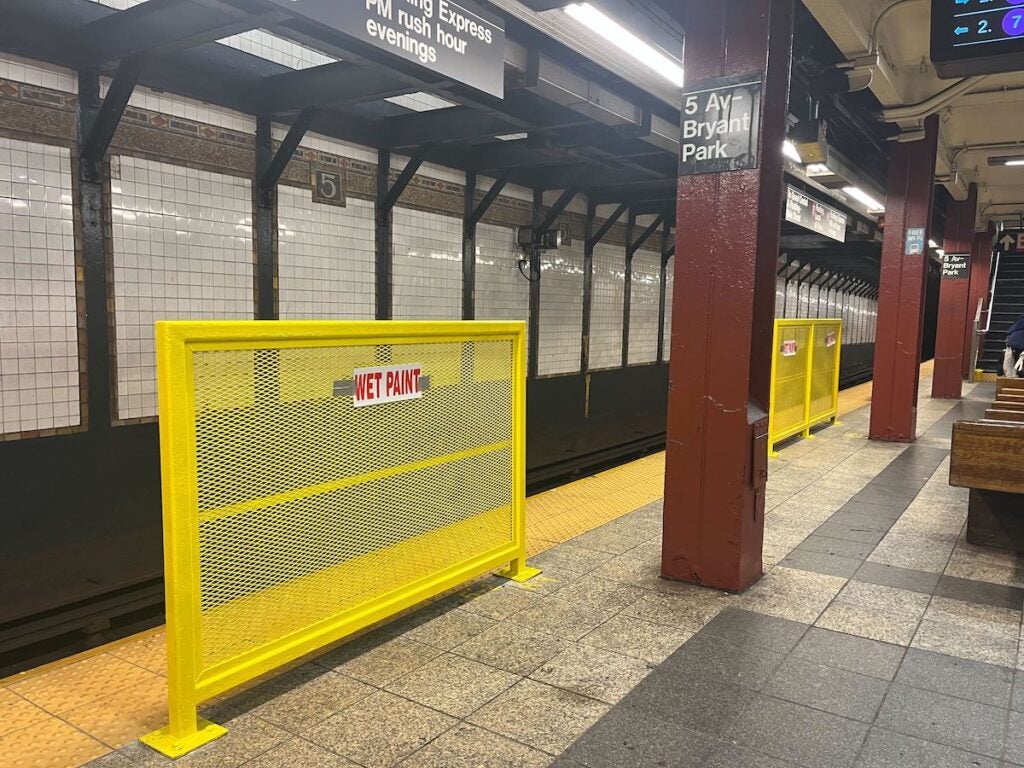
Maria Rotondo mentors fellow students in Temple University’s Geography and Urban Studies department. Rotondo says she gets nervous whenever she’s in a large crowd, but she didn’t become anxious about SEPTA until one of her mentees was attacked while riding the Broad Street Line.
“People are supposed to get from one place to the other without worrying about that stuff happening to them,” she said. “So, that happening to him made me think, ‘What’s being done about it?’”
One approach is to build safety infrastructure out of sight in hopes the precautions will also remain out of riders’ minds.
SEPTA spent much of 2023 experimenting with a surveillance system that uses AI to detect guns among passengers without reminding them they’re being watched. The system’s modern software is designed for digital cameras, which meant a contract-ending amount of SEPTA’s dated analog cameras weren’t compatible, according to software company ZeroEyes. When passing through metal detectors or having their satchels searched, riders know they’re being watched — and why. ZeroEyes, the Conshohocken-based company behind the AI technology, believes riders will be less anxious if they can’t see that they’re being surveilled.
ZeroEyes’ software is found in most states and sectors and has seen success in Philadelphia-area partners, including Germantown Academy and South Side Area School District, but no longer SEPTA. Co-founder Sam Alaimo, who is based in Exton, PA, wants his technology to be in SEPTA, but the match wasn’t there after temporarily deployed on 300 Market Frankfurt and Broad Street Line cameras. A SEPTA spokesperson said they were not seeing enough results from the pilot program which cost nearly $60,000 to justify a full rollout of ZeroEyes, but they’re open to a future collaboration again or other technology companies.
In designing subway systems, decisions like making the stairs on the platform opaque or translucent, factor into some riders’ feelings of safety. Alaimo’s system can’t work if ZeroEyes’ cameras’ views are obscured in any way. By and large, he says he’s been satisfied with most of his clients’ ability to illuminate blind spots in their infrastructure. But whether or not a station’s tight areas can be seen doesn’t just affect cameras. It, too, can determine whether riders feel safe.
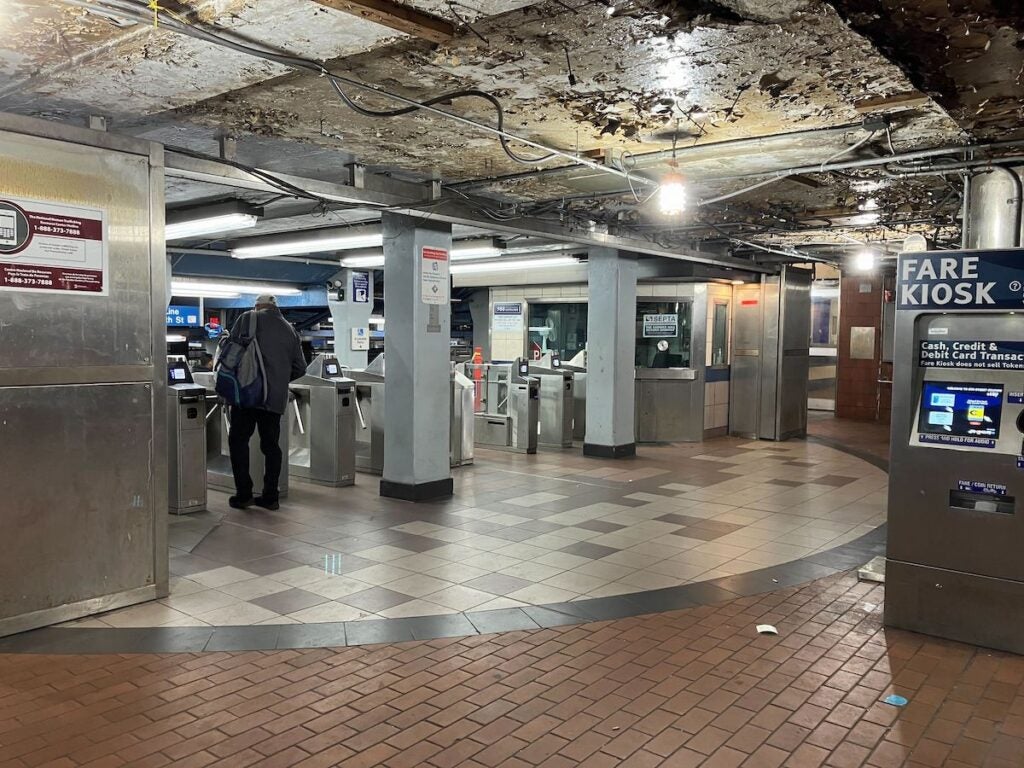
Alaimo, a former Navy Seal, said what he’s seeing come across the camera feed of his clients clashes with what he saw during his time serving because he didn’t expect to see similar violence in Philadelphia.
“It’s odd to see here – the elements I saw there – that I never thought I would see here,” Alaimo said.
Subway systems – like schools, casinos, and concerts – are intentionally designed with multiple entry points. While this is a safety precaution in its own right, ajar back doors have led to many mass shootings, which is why companies like ZeroEyes argue a metal detector in subway systems will only create a single choke point, exposing other entrances within the system.
Philadelphia isn’t alone. Amid a series of fatal confrontations in New York City’s subway system, officials are experimenting with safety barriers between waiting passengers and the subway tracks.
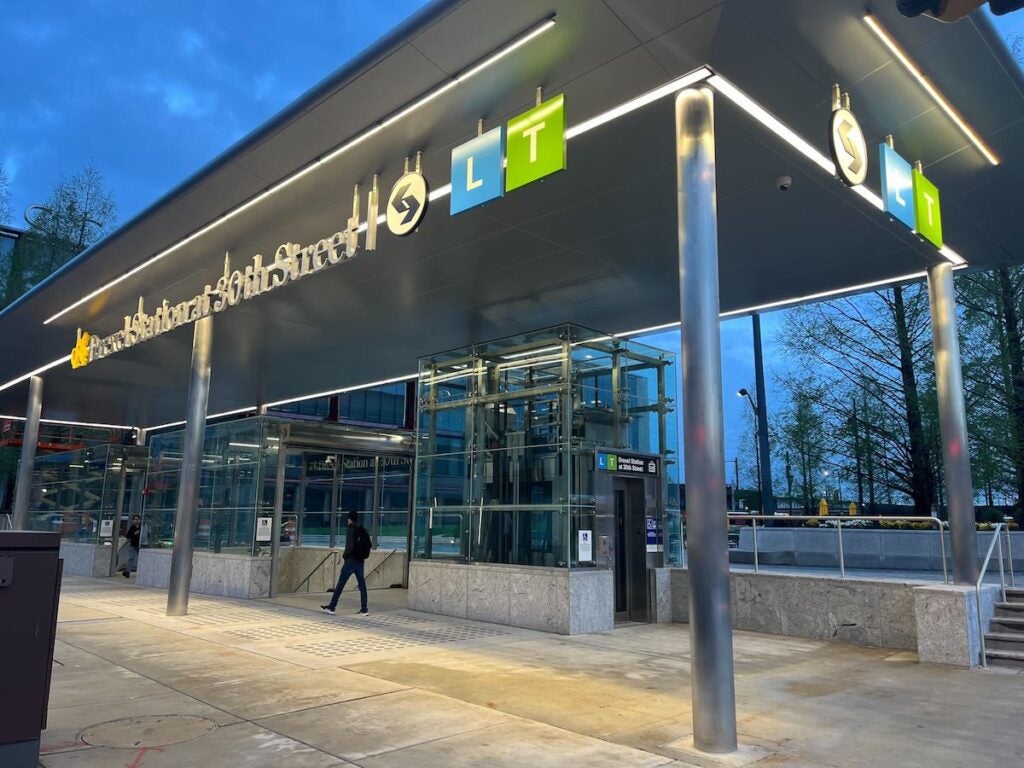
In addition to the yellow safety barriers, New York City recently announced they’ll incorporate gun detection technology into its subway system. New York Governor Kathy Hochul recently responded to a wave of high-profile subway crimes by calling in state troopers and the National Guard.
The sight of long-rifled reservists in New York’s subway system is new, but Sheline says the dispatch of increased law enforcement is now a common — and naive — reaction to violence in public transportation systems. SEPTA hopes an increased police presence will even decrease smoking within its system. These responses – increasing the presence of authority – raise feelings of anxiety for most riders as it signals the environment is dangerous, Sheline said.

Get daily updates from WHYY News!
WHYY is your source for fact-based, in-depth journalism and information. As a nonprofit organization, we rely on financial support from readers like you. Please give today.




